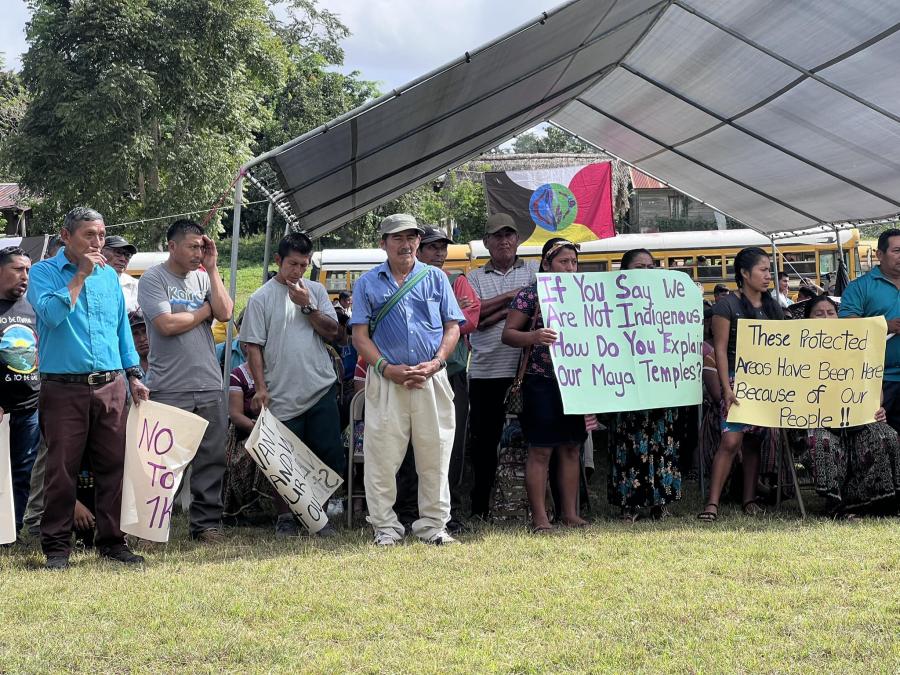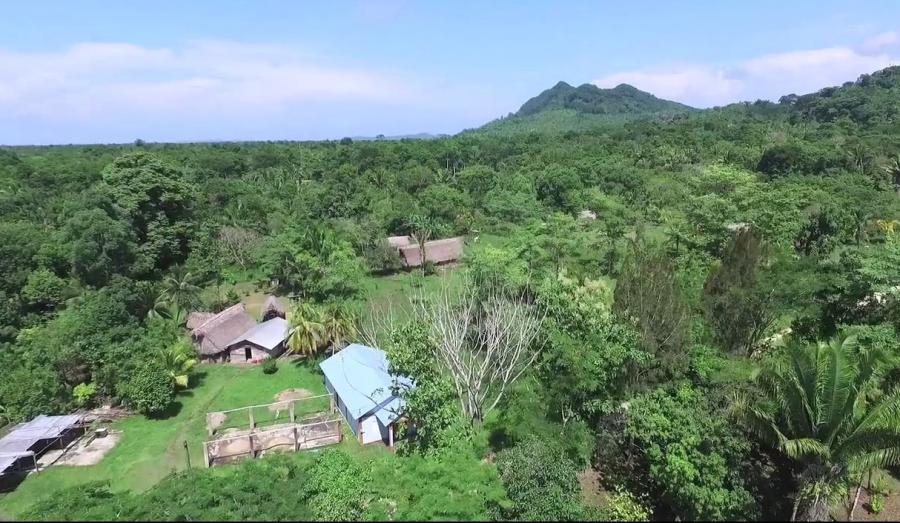Migration has always been a part of the human experience. Most often, migration has been undertaken as a means of preserving or improving life and valued ways of life. However, a consequence of the industrial age has been the movement of people at the behest of outsiders, to serve as laborers in enterprises ranging from agricultural estates to mines to factories.
In the twentieth century the developed world has found new ways to induce people to leave their villages or territories for faraway places where they work long and hard, usually for lower wages than those paid to local citizens. Many never return, keeping contact with distant loved ones only through letters and exchanges of photographs.
International migration, especially of men, but increasingly involving women as well, has lately attracted the attention of social scientists, policy-makers, and the general public. Most have been concerned with its impact on wage scales, job opportunities, and public services in receiving nations. One important characteristic of the "new migration," is that most migrants now go from lesser developed to more highly developed countries or regions within countries.
Migrant laborers have been relegated to the bottom of the social scale everywhere - in part because, as foreigners, they have "suspicious" habits and appearance, and also, perhaps, because they enjoy many of the rights and benefits but few of the responsibilities of citizens. Inability to speak the language of the host country, and a relatively low level of education even in their native land, often contribute to their low status. Migrants are lonely unless they manage to form a community of their own, which in turn may suffer discrimination as it becomes more visible.
The reasons for migration are numerous. Overpopulation, exhaustion of the small amount of land available to the small farmer, and local unrest, spur whole families to seek their livelihood or merely refuge outside their region or country's borders. In other cases the grass is simply greener elsewhere, and when those who have gone before return bearing gifts and telling wondrous tales of foreign cities, many others follow their lead. In some countries it is not the poorest of the poor who leave, but the sons and daughters of the somewhat more successful, yet frustrated, farmers and small businessmen.
The Dominican Republic has now raised a second generation of migrants - young people who have always known that upon reaching adulthood, they too would go to New York to seek their fortunes. Meanwhile, the Dominican Republic receives large numbers of Haitians to cut sugar cane at wages and under conditions Dominicans would prefer to escape.
There are same societies in which the dependence upon migratory wage labor goes back many generations. The Garifuna (Black Caribs) of the Caribbean coast of Central America are an ethnic group which appears to have adapted to wage labor as early as 1750. The migratory process has strongly influenced, if not determined, much of their culture, their family and household structure, the relations between the sexes, and lately, their ceremonial life. Yet, they have remained a distinct and separate group, with a language and an identity of their own, sharply differentiated from all neighboring groups.
Whereas migration was once the backbone of their economy which permitted the Garifuna to maintain their ethnicity and solidarity in the face of deliberate attempts to annihilate, scatter, or acculturate them, their cultural survival is now severely threatened. Today they participate in the general Central American exodus to the United States - especially New York City, where they find employment as messengers, stockboys, drivers, domestics, and seamstresses or tailors in the garment industry. Although a few hold white collar or professional positions, most make a living in the hidden or informal sector, participating in both petty criminal and unlicensed activities.
In the 1950s Garifuna village life in Belize, Guatemala and Honduras was stable, in spite of the frequent absence of a majority of the able-bodied men. Children were raised lovingly, but with discipline, and they were encouraged to learn several languages. Literacy was higher among both men and women than among other rural or small-town ethnic groups in all three countries. Boys were often sent to non-Garifuna families outside the village at the age of 10 or so, to be schooled in skills and general knowledge useful in the outside world. Girls stayed home and eventually became mothers, farmers, and keepers of the ritual and ceremonial lore.
Houses were simple, but clean and neat, and though few families could be said to be affluent, most lived comfortably on local produce and fish, plus cash remittances from the absent men.
By 1975 the only Carib village in Guatemala had changed in many ways. Many houses were boarded up and had fallen into disrepair. Both men and women were leaving the community to find jobs as soon as they could pay their fare to Guatemala City or to New York. Many expressed hopes that they might not have to live there again. Small children were left with grandmothers, sometimes even before they have come to know their own mothers well. Now, as they approach their late teens, they grow increasingly restless, and begin to talk about when they too will leave. Until their great opportunity arrives, they spend their time in idleness, and often become involved in petty crime such as marijuana traffic, theft, and prostitution. The elderly complain that the young no longer help with domestic chores, do not know how to fish or garden, or even to prepare native foods. Disputes among siblings over the small properties left by recently deceased parents are increasingly common, each heir claiming that it was their remittances which had permitted the construction of the house or the purchase of consumer goods left behind.
Gradually, many towns become old peoples' homes, but with youngsters - usually grandchildren - hanging about on the sidelines - uneasy, undisciplined, and increasingly ill-prepared either to live at home or in the outside world. Some parents now prefer to raise their children in New York, where schools and public health facilities are superior. Although filial loyalty is still strong, the increased presence in New York of wives and children has meant a decline in the remittances sent back to Central America. Unless a child remains at home with its grandparents, people tend to let the months slip by without mailing a check.
Not all villages and towns have suffered equally. In some, agriculture has persisted and skills and enterprises more in keeping with the needs of the local region and country have been developed. The most ambitious and persistent Garifuna struggle to complete higher levels of education, and go on to become government officials, teachers, or white collar workers in the private sector. But such jobs are few in a developing country, and even many of the educated choose to leave.
In the New York area I know of at least one Garifuna medical doctor, one banker, and several other professionals in various types of employment. Many of these dream of going back to their Central American towns or villages, but find themselves curiously out of touch when they do. Their values and behavior patterns have changed, and they neither understand nor are understood by their own people.
In Belize, and to some extent in Honduras, there is a counter current. Some of the more highly educated and successful young men and women are spearheading a drive to get people to relearn the old culture - the language, dances, songs and rituals. A Garifuna festive occasion called "Settlement Day" has, upon agitation, by Garifuna leaders, been named a national holiday in Belize, and is celebrated in New York and Los Angeles as well. Tourism is being promoted in both countries, and some of the more colorful dances and customs have been resurrected. Postcards depicting Garifuna in "native" dress, engaged in "native" occupations and rituals are available. The recreated culture only vaguely resembles what they had before but it is thought "better," more in line with Western tastes.
Although this revitalization may provide psychological satisfaction and diversion for the more sophisticated Garifuna, and improved incomes for some of those left behind, it probably forewarns the complete disappearance of the Garifuna culture as an integrated whole. As such, it is related to the gradual disappearance of village life in the developing world in general. Thousands of villages have been destroyed by the migratory process just described. At first the migration of some individuals allows the preservation of the local economy and way of life for others, but trickles have a tendency to grow into torrents, which end by destroying the very lifestyle earlier migrants had sought to save.
Deliberate intervention by governments can reverse the process. In China the development of rural industry has absorbed the labor displaced by improvements in agricultural production. In West Germany, France, and parts of Canada, the development of sophisticated local crafts combined with the encouragement of tourism has helped stabilize rural areas. In the United States the past decade has seen considerable movement back to rural areas and villages for residential purposes, even when the cost of living may be higher than in the city. But in all these cases, the governments have themselves been affluent and powerful, and rural dwellers have access to many or most of the comforts and diversions of urban life. In lesser developed countries, however, as the villages disappear, so does the culture of those who once lived there.
Article copyright Cultural Survival, Inc.



